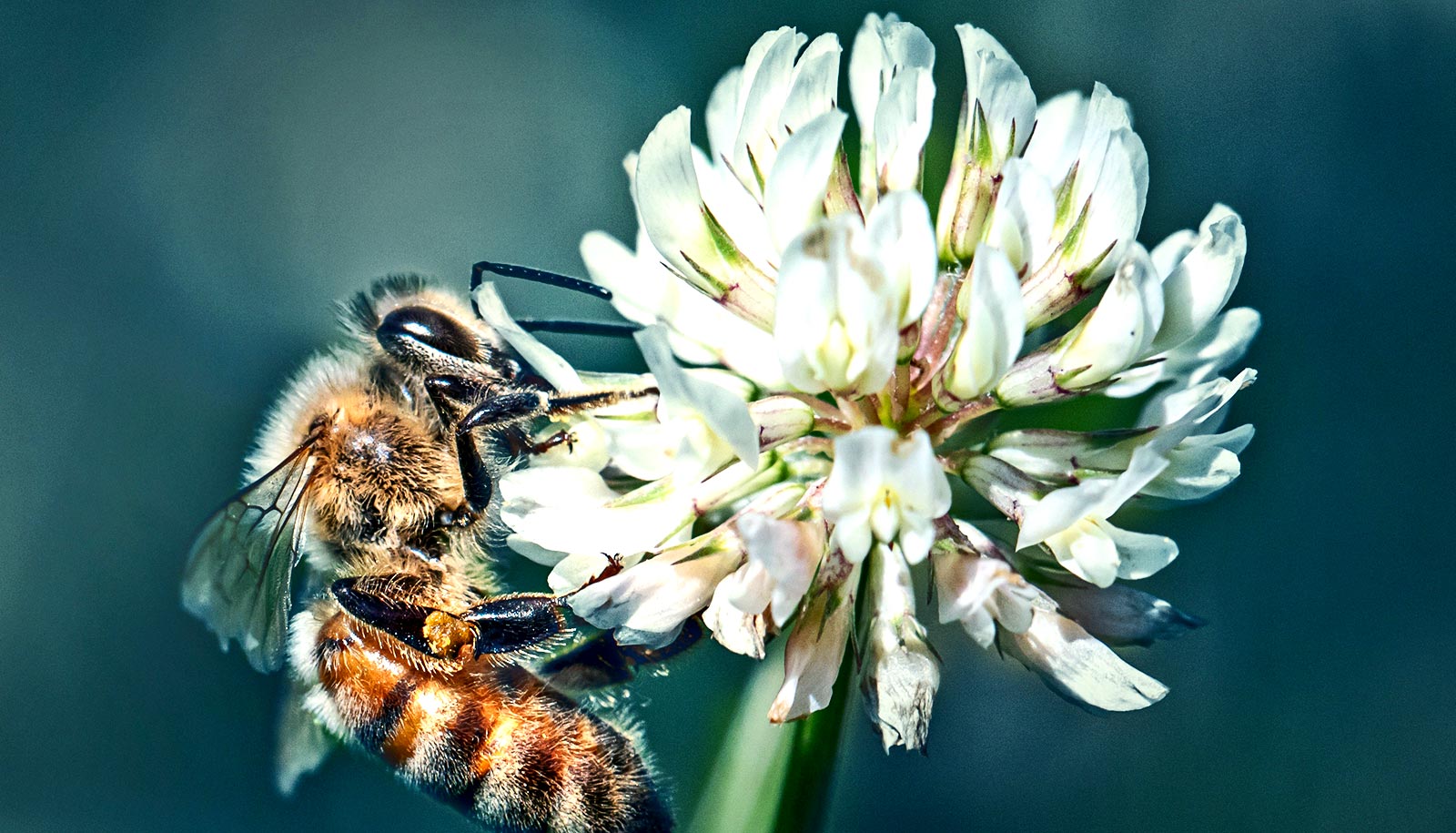Urban environments are altering the way plant life evolves, researchers report.
The study in Science examines whether parallel evolution is occurring in cities all over the world. Researchers analyzed data collected by 287 scientists in 160 cities in 26 countries who sampled the white clover plant in their cities and nearby rural areas.
What they found is the clearest evidence yet that humans in general, and cities specifically, are a dominant force driving the evolution of life globally.
“We’ve long known that we’ve changed cities in pretty profound ways and we’ve dramatically altered the environment and ecosystems,” says co-lead author James Santangelo, a doctoral student at the University of Toronto Mississauga. “But we just showed this happens, often in similar ways, on a global scale.”
The researchers examined white clover because it is one of the few organisms present in almost every city on Earth, providing a tool to understand how urban environments influence evolution.
The study illustrates that the environmental conditions in cities tend to be more similar to each other than to nearby rural habitats. In that sense, downtown Toronto is more comparable to downtown Tokyo in many ways than it is to surrounding farmland and forests outside of the city.
In addition to observing global adaptation to cities, researchers identified the genetic basis of that adaptation and the environmental drivers of evolution. White clover produces hydrogen cyanide as both a defense mechanism against herbivores and to increase its tolerance to water stress. The study shows clover growing in cities typically produce less of it than clover in neighboring rural areas due to repeated adaptation to urban environments.
It is the changes in the presence of herbivores and water stress in cities that is pushing white clover to adapt differently than their rural counterparts.
That finding holds true for cities across various climates, and the implications reach far beyond the humble clover plant.
“Increasing evidence shows that urbanization is causing rapid evolution in heritable traits of many plants and animal populations which provide important ecosystem functions that support human well-being, such as nutrient cycling, seed dispersal, and biodiversity,” says coauthor Marina Alberti, professor of urban design and planning at the University of Washington.
“Finding a clear signal that cities are altering trait changes across the globe has important implications for ecosystems’ adaptive capacity that enables their stability and resilience in the face of rapid global environmental change.”
The findings can be used to start developing strategies to better conserve rare species and allow them to adapt to urban environments, researchers say. It can also help experts better understand how to prevent unwanted pests and diseases from adapting to human environments. In collecting more than 110,000 clover samples and sequencing more than 2,500 clover genomes, the team also created a massive dataset for further research.
“This study is a model to understand how humans change the evolution of life around us. Cities are where people live, and this is the most compelling evidence we have that we are altering the evolution of life in them,” says coauthor Rob Ness, an assistant professor of biology at the University of Toronto Mississauga. “Beyond ecologists and evolutionary biologists, this is going to be important for society.”
Karen Dyson, Tracy Fuentes, and Meen Chel Jung, all doctoral students in the Urban Ecology Research Lab at the University of Washington, are coauthors of the study.
Source: University of Washington



